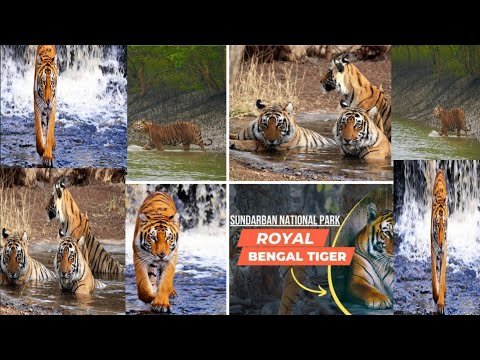Pygmy Hippos in the wild
🦛 Pygmy hippos are rare and native to West Africa, mainly found in Liberia main population, Sierra Leone, Guinea, Ivory Coast, Small numbers in Nigeria. Pygmy Hippos Size: Around 1.5 to 1.75 feet tall at the shoulder, Weight: 180–275 kg are shy, solitary, mostly nocturnal. 🍃 Pygmy Hippos diet 🦛Pygmy hippos are herbivores, their diet … Read more
